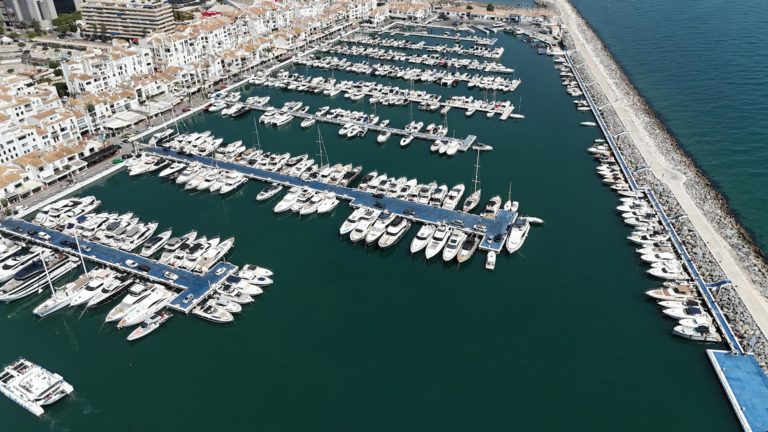
When the public sector actively champions a region, the results can be transformative, driving growth, investment, and global recognition; one clear example of this is the remarkable growth of golf tourism in Spain. With over 70 internationally renowned courses, the Costa del Sol is looking to expand its position and attract golfers from around the world. To achieve this, it has developed a comprehensive global strategy.
At the recent International Tourism Fair, FITUR, the Western Costa del Sol Municipal Consortium unveiled a dedicated strategy focused on the golf sector. One of its first initiatives was the sponsorship of the NordicGolfers.com Challenge IV, a premier tournament featuring over one hundred participants from Nordic countries, one of the key source markets for the Costa del Sol/Costa del Golf. Held at El Chaparral Golf Club, the event was part of Turismo Costa del Sol’s broader golf tourism strategy to align its brand with elite competitions, attract new golf enthusiasts to the destination, boost local business linked to the sport, strengthen ties with industry professionals, and promote the region’s wider tourism and lifestyle assets.
“We aim to heighten our brand’s visibility and establish the Costa del Sol as the premier destination for golf enthusiasts. This sport is a key element of our strategy to attract high-quality tourism, particularly from markets with a strong affinity for golf, such as the Nordic region,” stated Esperanza González, CEO of Turismo Costa del Sol, in comments to the media.
The Western Costa del Sol Municipal Consortium is an organisation made up of eleven towns in the Málaga province. These towns work together on regional projects and initiatives, such as tourism, infrastructure, and development. The eleven municipalities are: Benahavís, Benalmádena, Casares, Estepona, Fuengirola, Istán, Manilva, Marbella, Mijas, Ojén, and Torremolinos. With golf at the forefront, the region seeks to reinforce its image as a complete lifestyle destination, combining sport, gastronomy, leisure, and culture. This strategy not only aims to attract high-net-worth visitors but also to combat tourism seasonality and ensure the region benefits from a steady economic flow throughout the year.
According to figures from the Royal Spanish Golf Federation, in 2023, Spain welcomed 1,401,875 international visitors primarily visiting for golf tourism, contributing an estimated €14.152 billion to the economy. From an economic perspective, these visitors represent an exceptionally attractive market, having a profile particularly geared towards high spending and specific preferences. The golf tourist also stays an average of 11.9 days, compared to 7.5 days for general tourists. As such, promoting golf tourism and golf course planning not only benefits private businesses but also has a direct positive impact on local communities, driving economic growth and adding to overall prosperity.



